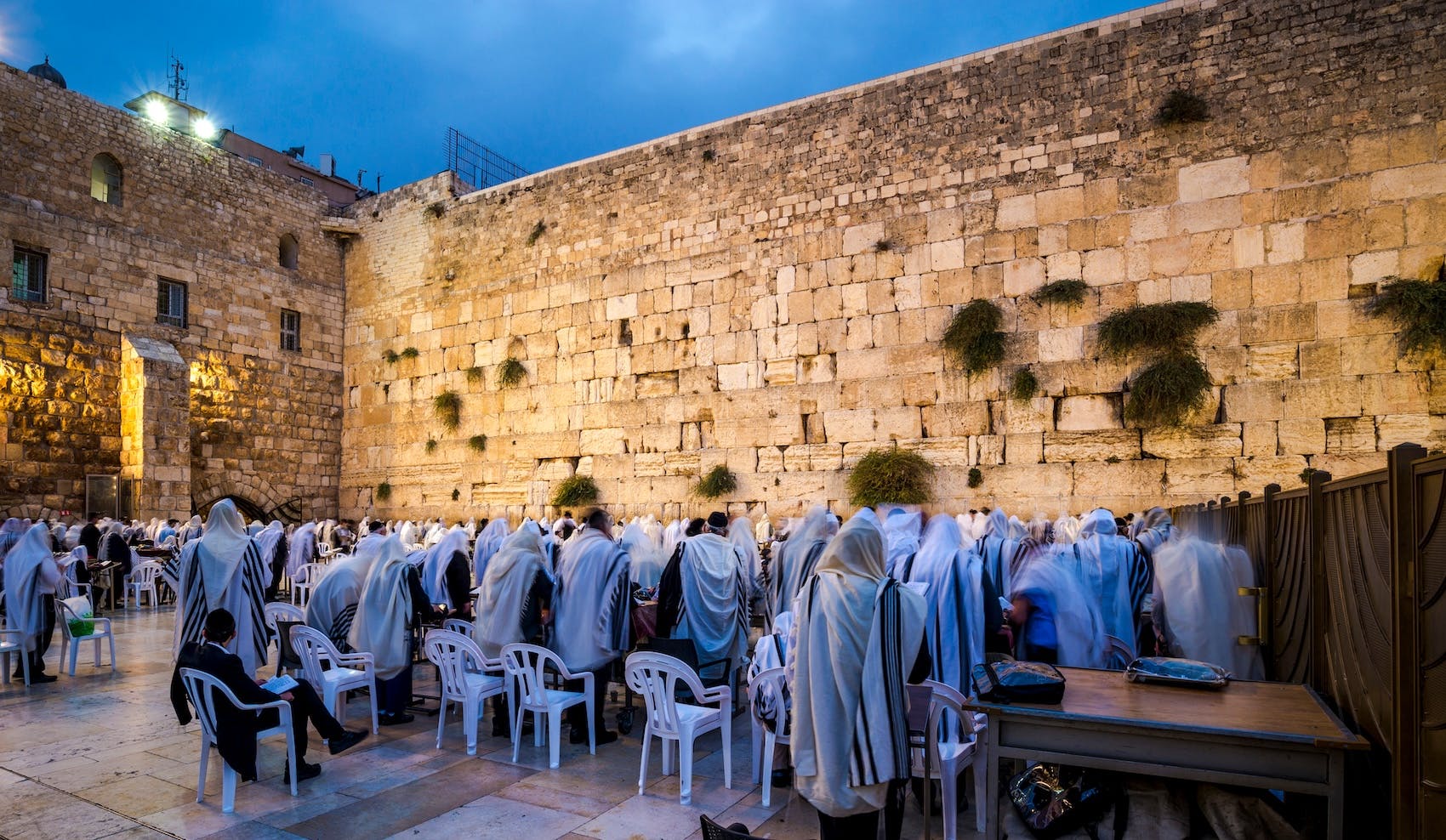The name of this festival is actually its date: “Tu” is a pronunciation of the Hebrew letters tet and vav, whose numerical value is the number 15. And Shvat is the name of the month. So essentially "Tu Bishvat" means the 15th of Shvat. It’s also known as Rosh Hashana La’ilanot, the new year of the trees.
"He is like a tree planted by water, that sends out its roots by the stream, and does not fear when heat comes, for its leaves remain green, and is not anxious in the year of drought, for it does not cease to bear fruit."
Jeremiah 17:8
The Origin of Tu Bishvat
At its start, Tu Bishvat was not a Jewish festival. Rather, it marked an important date for Jewish farmers in ancient times. The Torah states:
“When you enter the land [of Israel] and plant any tree for food, you shall regard its fruit as forbidden. Three years it shall be forbidden for you, not to be eaten.” - Leviticus 19:23
The fruit of the fourth year was to be offered to the priests in the Temple as a gift of gratitude for the bounty of the land, and the fifth-year fruit–and all subsequent fruit–was finally for the farmer. This law, however, raised the question of how farmers were to mark the “birthday” of a tree. The Rabbis, therefore, established the 15th of the month of Shvat as a general “birthday” for all trees, regardless of when they were actually planted.
Fruit trees were awarded special status in the Torah because of their importance in sustaining life and as a symbol of God’s divine favor. Even during times of war, God warns the Israelites:
“When in your war against a city you have to besiege it a long time in order to capture it, you must not destroy its trees… Are trees of the field human to withdraw before you into the besieged city? Only trees that you know do not yield food may be destroyed.” - Deuteronomy 20:19-20
At a later time, the Rabbis of the Talmud established four “new years” throughout the Jewish calendar–Rosh Hashanah, or the Jewish new year for the calendar date; a new year for establishing the reign of kings; a new year for tithing animals of Jewish farmers to be given to the Temple; and finally, Tu Bishvat, the new year for the trees (Mishnah, Rosh Hashanah 1:1). The Rabbis discussed why this date was chosen; saying that Tu Bishvat falls after mid-winter (usually in February), they concluded that the majority of the annual rainfall has usually already fallen by this time in the land of Israel, thus yielding a healthy, water-logged soil in which to plant new trees (Talmud, Rosh Hashanah 14a).
According to Deuteronomy 8:8, there are five fruits and two grains associated with Israel as a “land of wheat and barley, of vines [grapes], figs and pomegranates, a land of olive trees, and [date] honey.” Jews also give a prominent place to almonds in Tu Bishvat, since the almond trees were believed to be the first of all trees in Israel to blossom. Carob, also known as St. John’s bread, became another popular fruit to eat on Tu Bishvat since it could survive the long trip from Israel to Jewish communities in Europe.
Later
When Jewish pioneers began returning to the land of Israel in the late 19th century, Tu Bishvat became an opportunity for these ardent agrarians to celebrate the bounty of a restored ecology in Israel. In ancient times, the land of Israel was once fertile and well forested. Over centuries of repeated conquests, destructions, and desertification, Israel was denuded of trees.
The early Zionists seized upon Tu Bishvat as an opportunity to celebrate their tree-planting efforts to restore the ecology of ancient Israel and as a symbol of renewed growth and flowering of the Jewish people returning to their ancestral homeland.
For Jewish Sojourners
Tu Bishvat has become a symbol of both a Zionist attachment to the land of Israel as well as an example of Jewish sensitivity to the environment.
Early Jewish settlers to Israel began planting new trees not only to restore the ecology of ancient Israel but as a symbol of renewed growth of the Jewish people returning to their ancestral homeland.
Many American and European Jews observe Tu Bishvat by contributing money to the Jewish National Fund (JNF), an organization devoted to reforesting Israel (the purchase of trees in JNF forests is also customary to commemorate a celebration such as a Bar or Bat-Mitzvah).
For Environmentalists
In modern times, Tu Bishvat continues to be an opportunity for planting trees — in Israel and elsewhere, wherever Jews live. Many parents donate to the JNF every year on Tu Bishvat in honor of their children.
Tu Bishvat, or the “birthday” of all fruit trees, is a minor festival seemingly tailor-made for today’s Jewish environmentalists. In fact, there is an ancient midrash (rabbinic teaching) that states:
“When God led Adam around the Garden of Eden, God said, ‘Look at My works. See how beautiful they are, how excellent! For your sake I created them all. See to it that you do not spoil or destroy My world–for if you do, there will be no one to repair it after you’.” - (Ecclesiastes Rabbah 7:13)
Text credit:
www.myjewishlearning.com





